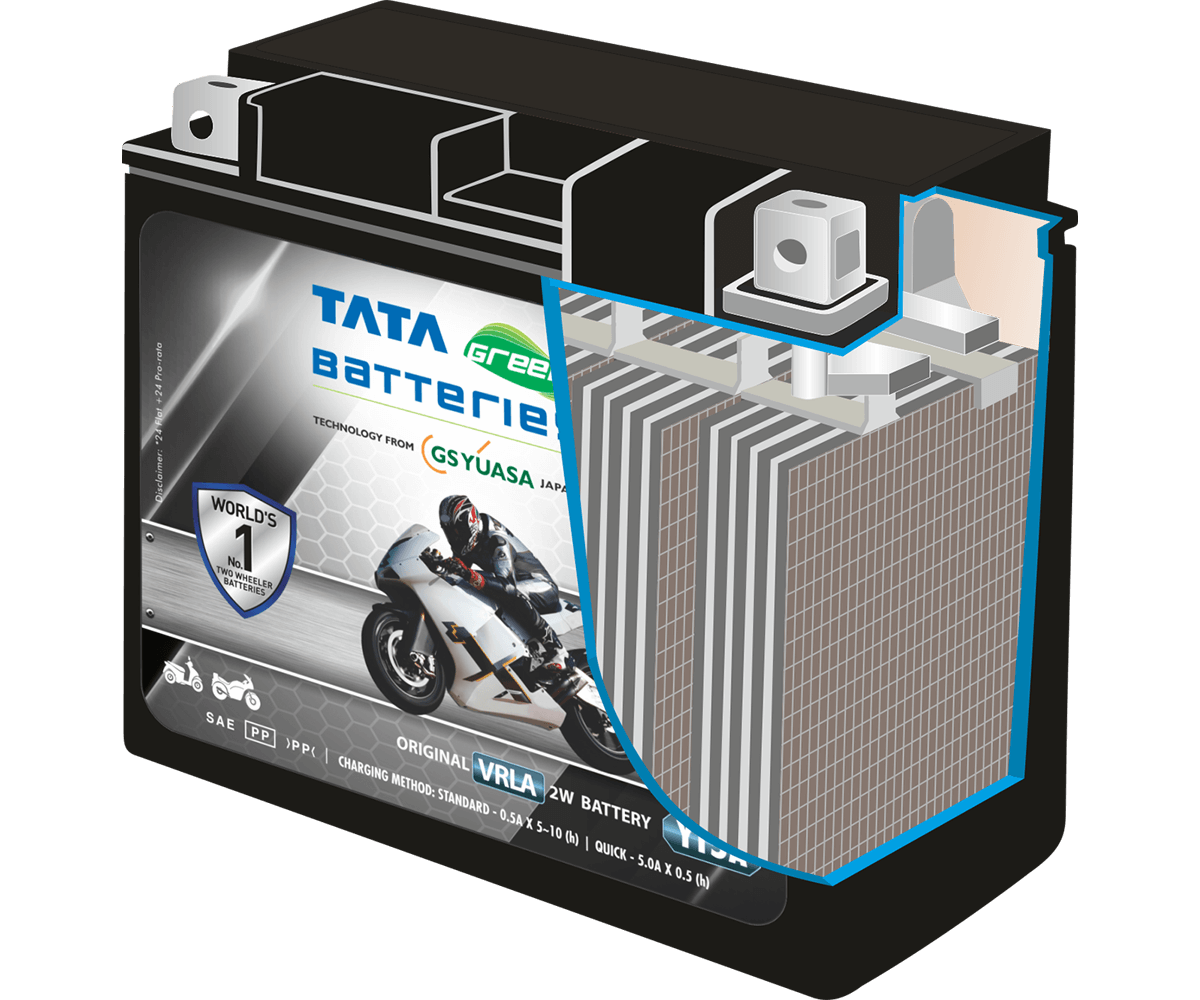If you own a vehicle you must know all about your vehicle battery. This section covers the basics of vehicle batteries—how they work and key terms you should know.
Excellent Cranking Power → Terminals (Positive & Negative)
• These provide a strong electrical connection to the vehicle’s starter, ensuring powerful cranking.
Leak-Proof Arrangement → Battery Case & Battery Caps (For Non-Sealed Batteries)
• The battery case is designed to be sealed or reinforced to prevent leaks.
• In non-sealed batteries, battery caps help contain electrolyte while allowing gas venting.
Better Shelf Life → Labels & Markings
• Labels indicate battery type, manufacturing date, and maintenance-free design, all of which affect lifespan.
Protection Against Bumps → Battery Case & Carrying Handle
• The battery case is made of impact-resistant materials to withstand vibrations and rough conditions.
• A carrying handle allows secure handling, reducing the risk of accidental damage.


